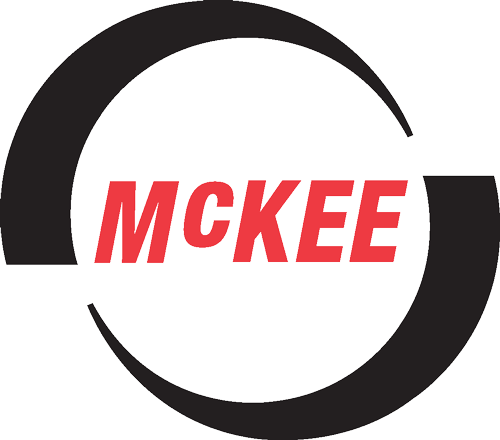When Should You Maintain Your Conveyor System?
August 18, 2020 11:04 pm Leave your thoughtsIt is important to know how to maintain conveyor systems in Lubbock, TX, as a breakdown literally stops production in its tracks. Your maintenance schedule depends on use, normal load weight and any problems you notice, so it will vary between industries. It’s normally recommended that you take a close look at conveyor systems at least every six months. Here are six key elements to your conveyor system maintenance routine:
- Alignment: Conveyor systems can become misaligned. This leads to products falling off the belt to the floor, or inefficiency as belts move items to other belts. Misalignment shows wear and tear, and needs to be addressed when discovered. Normally, the cause is frames or structures being crooked or deformed, which can happen with use or if you start moving heavier loads than usual. If you constantly run into misalignment, you may need to assess whether it’s time to upgrade your system.
- Belt condition: Belt covers and their connections wear out. Sometimes, customers choose the wrong belt material for their product, and it is either too thick (which makes it run slower) or too thin (which simply wears out). New belts may also bow, which eventually goes away after you finish breaking them in. But if that does not occur, you likely need to replace it. Even if you choose the right belt for your operation, keep an eye for wear on the surface and other developments. Continuing to use a damage belt leads to mistracking, misalignment and, eventually, belt failure.
- Route, profile and transitions: This describes the movement between belts, pulleys or idlers. When material moves to different parts of the system, the transition should be smooth and occur without waste. However, if wear or misalignment leads to rough transitions, you likely have to adjust pulleys or idlers or check for structural misalignment. Belt condition can also affect this, as bumps or wear may keep product from arriving at its destination.
- Loading: Loading issues can waste material and reduce efficiency. If a product is continually off center or loaded poorly, it will reduce belt speed and increase waste. Loading systems are complex, and if they are consistently failing, they may require a repair or upgrade. Check dimensions, gaps and tolerances for proper adjustment. Avoid contact between metal parts of the loading apparatus or the belt. Otherwise, you may face chute jams and other issues.
- Tension: When belts are not set to the right tension, you experience slippage. However, be careful not to make it too tight, or you will experience lift off and bowing. That leads to material spillage and wears out your pulleys.
- Training and operation: Finally, you need to be sure your employees are adequately trained to operate your equipment. Many system failures arise from worker error and poor training. If you upgrade equipment or notice a consistent problem, address it with training rather than waiting for issues to put a halt to production.
M.B. McKee Company, Inc. offers equipment and components for conveyor systems in Lubbock, TX. This includes in-house engineering services that can help you design a system and maintain it properly. Contact us today to see what we can do for you.
Categorised in: Conveyor Components
This post was written by Writer

